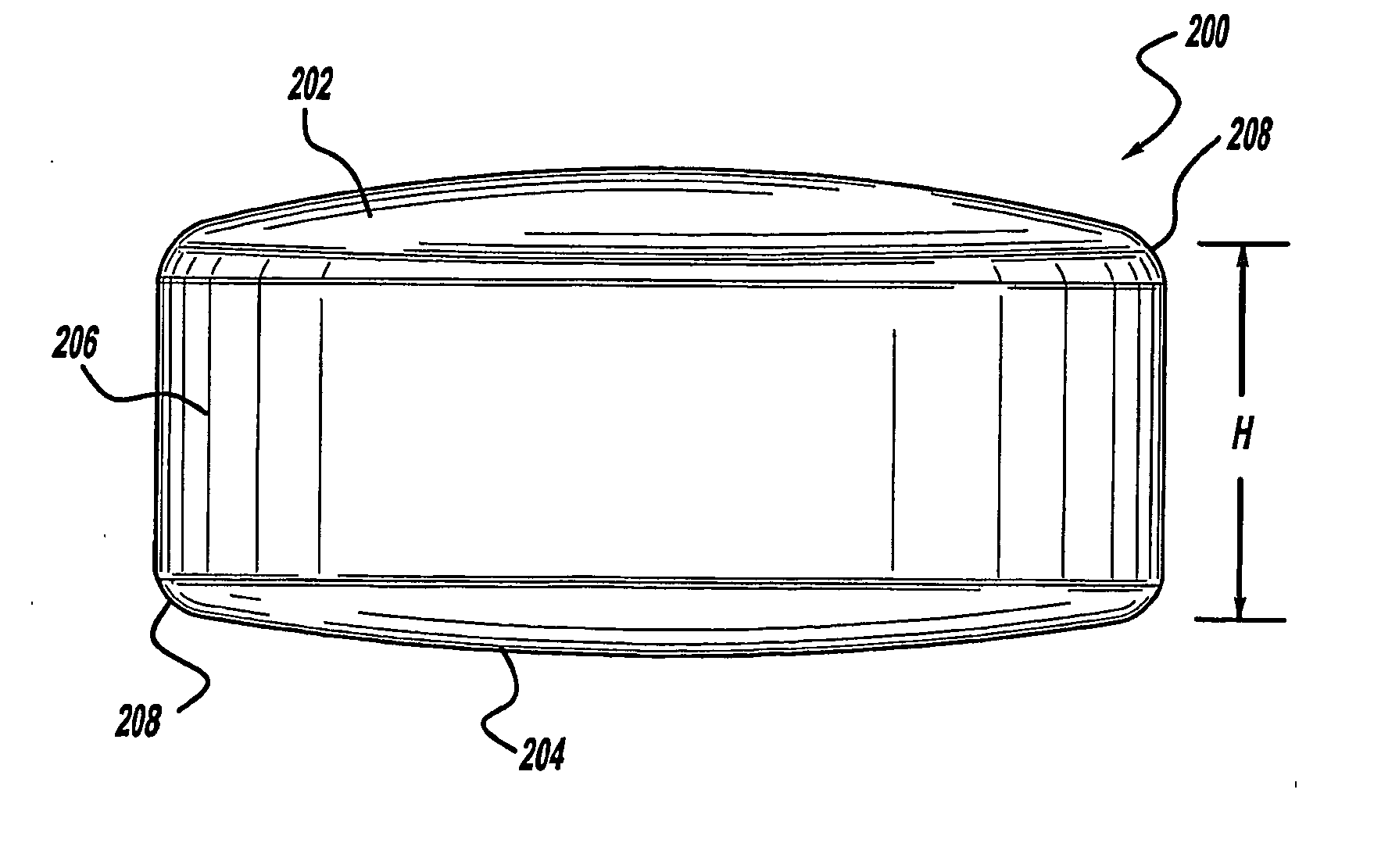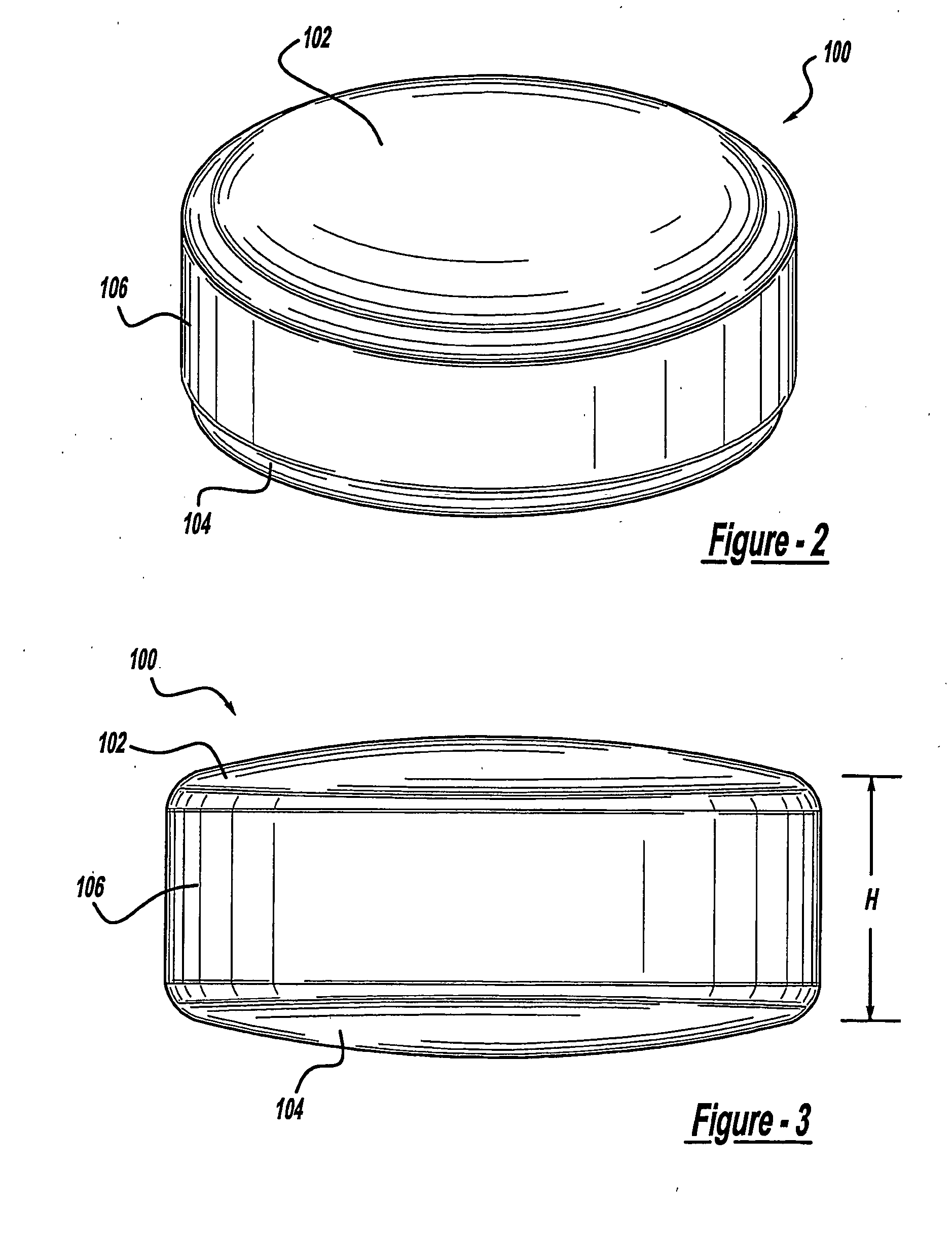Anterior spinal implant
a technology of anterior spinal nerve and implant, which is applied in the field of orthopedic surgical procedures, can solve the problems of limiting the range of motion of the spine, threatening the critical elements, and affecting the function of the spine, and achieves the effect of resisting migration
- Summary
- Abstract
- Description
- Claims
- Application Information
AI Technical Summary
Benefits of technology
Problems solved by technology
Method used
Image
Examples
Embodiment Construction
[0038] The following description of the preferred embodiment(s) is merely exemplary in nature and is in no way intended to limit the invention, its application, or uses.
[0039] With initial reference to the simplified environmental view of FIG. 1, an anterior spinal implant constructed in accordance with the teachings of a first preferred embodiment of the present invention is illustrated and generally identified at reference character 100. The anterior spinal implant 100 is shown in the environmental view of FIG. 1 implanted between adjacent vertebral bodies 10 of a lumbar portion of a human spine 12. Those skilled in the art will readily appreciate that the application shown in FIG. 1 is merely exemplary. In this regard, the teachings of the present invention will be understood to be equally applicable for stabilizing other segments of the spinal column.
[0040] The anterior spinal implant is intended to abut the end plates 14 of the adjacent vertebral bodies 10. The remaining embo...
PUM
 Login to View More
Login to View More Abstract
Description
Claims
Application Information
 Login to View More
Login to View More - R&D
- Intellectual Property
- Life Sciences
- Materials
- Tech Scout
- Unparalleled Data Quality
- Higher Quality Content
- 60% Fewer Hallucinations
Browse by: Latest US Patents, China's latest patents, Technical Efficacy Thesaurus, Application Domain, Technology Topic, Popular Technical Reports.
© 2025 PatSnap. All rights reserved.Legal|Privacy policy|Modern Slavery Act Transparency Statement|Sitemap|About US| Contact US: help@patsnap.com



